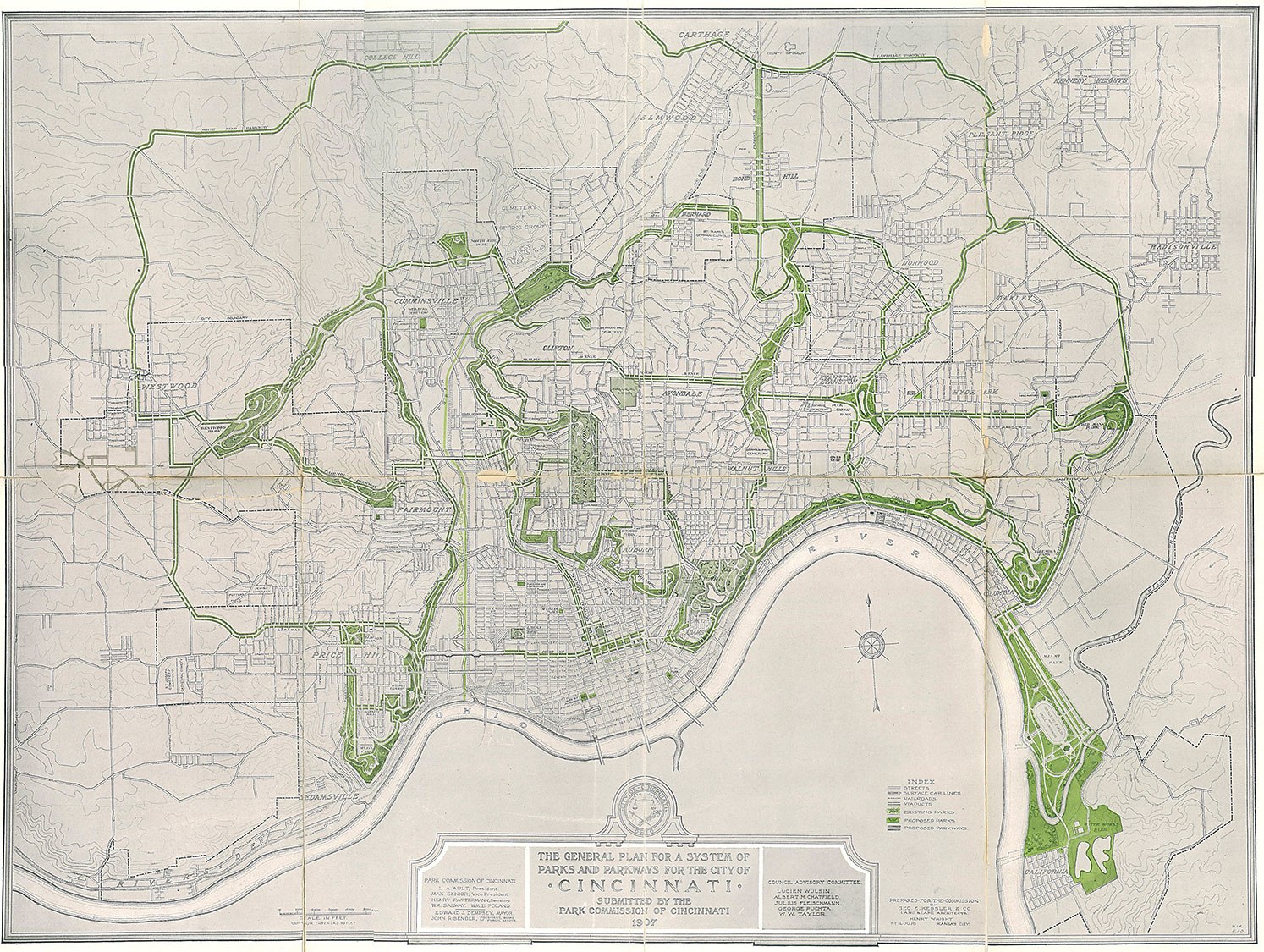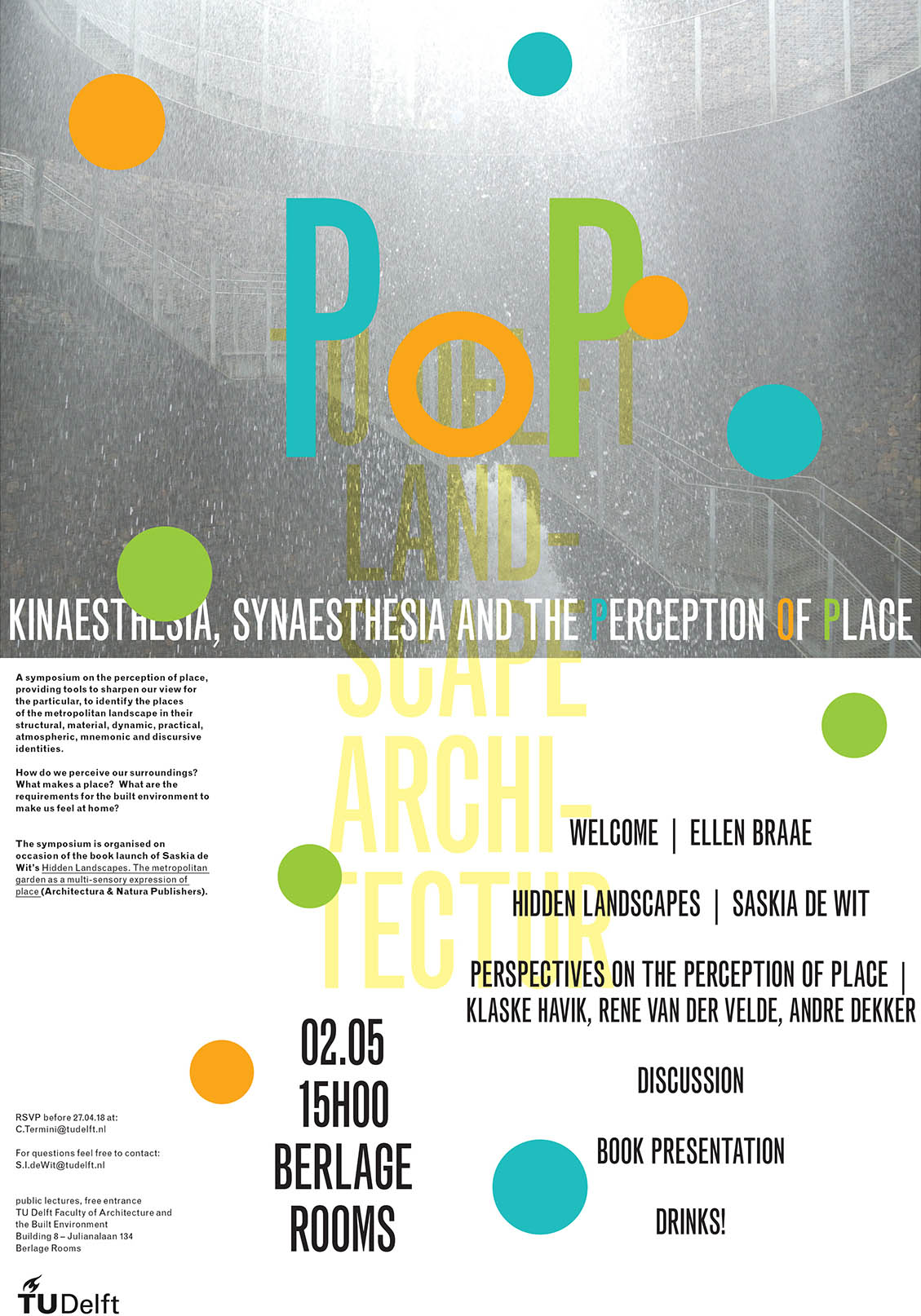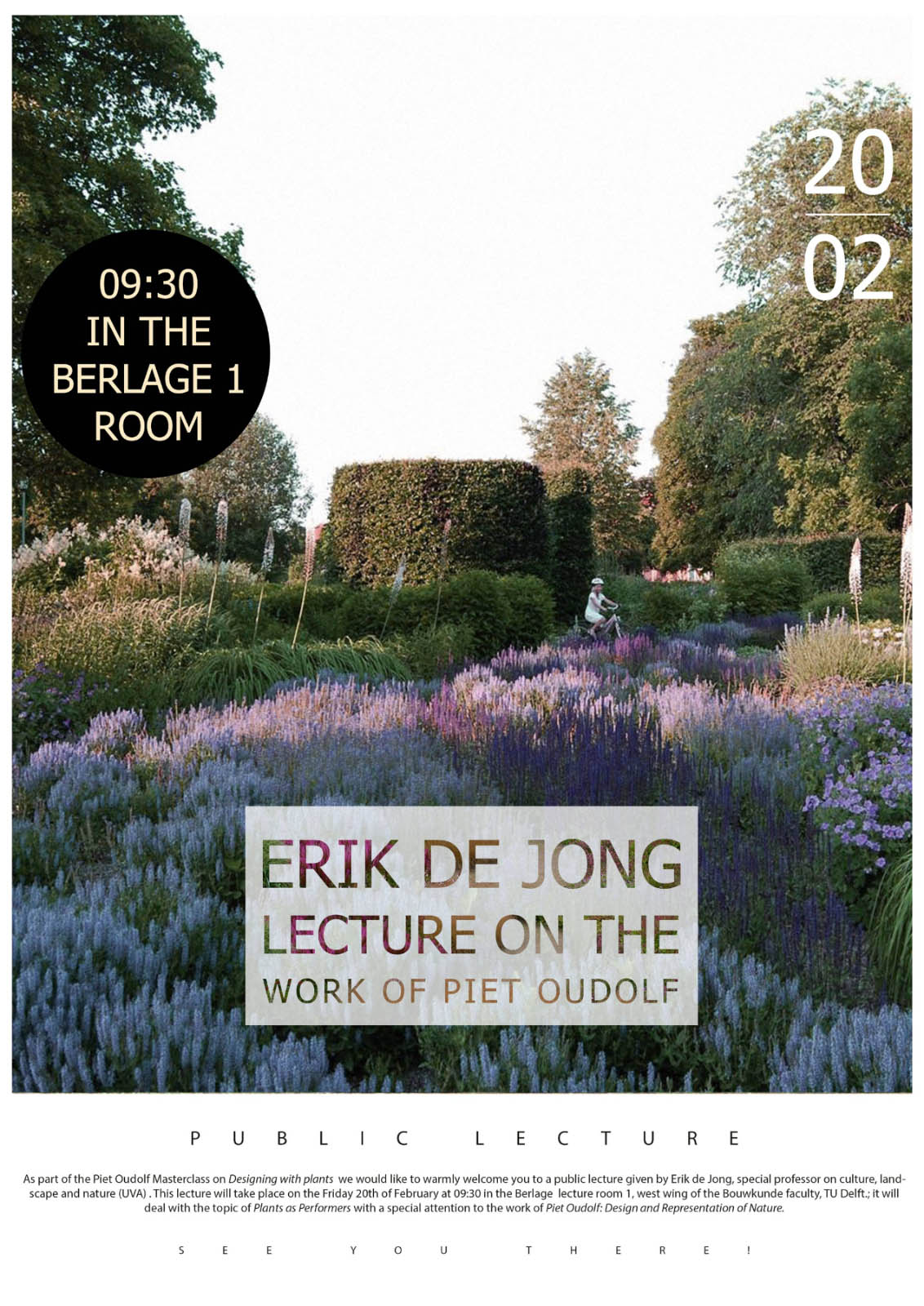More than 50 international students from the first and second year of the master track of Landscape Architecture, Ph.D. students, and staff members worked together in teams for one week in to provide 13 visions for a long-term transformation of De Peel, a region east of Eindhoven. De Peel, an area of almost 700 square kilometers, is the densest pig and chicken-farmed region in the Netherlands.
Two weeks before the workshop, we visited the area by bus and were astonished by its potential.




We could grasp that the region inherited an exceptional historical identity as one of the last more extensive, isolated higher moors, which has been drained, excavated, and reclaimed since 1870. Only a tiny portion of the peat remained intact and received National Park status.
For the assignment, the area of De Peel was divided into three sectors of 15km x 20km. The brief was simple: double the amount of woodlands (15.000 ha). Many used this modest assignment to create a green spatial framework, providing space for attractive living areas, circular farming, energy production, and ecological upgrading.
The teams were asked to produce one A0 hand drawing which requires to draw (plant) tree by tree.


We selected three drawings for the blog, one map of each sector to illustrate the outcome. The legends help to imagine possible ‘new identities’ for De Peel, trying to provoke discussions about its future.




The workshop has been initiated and organised by Adriaan Geuze, assisted by Inge Bobbink and Michiel Pouderoijen (TU Delft). Partnered by Manifestpartners (Landelijk Brabant, Brabants Landschap, SBB, Natuurmonumenten, Waterschap), Provincie Brabant, Municipal Authorities, ZLTO.




